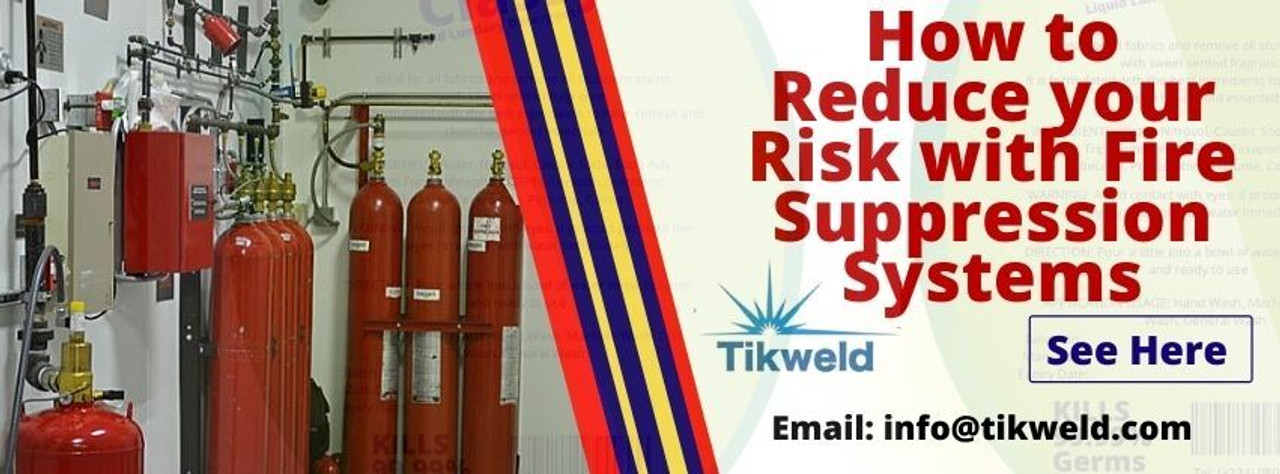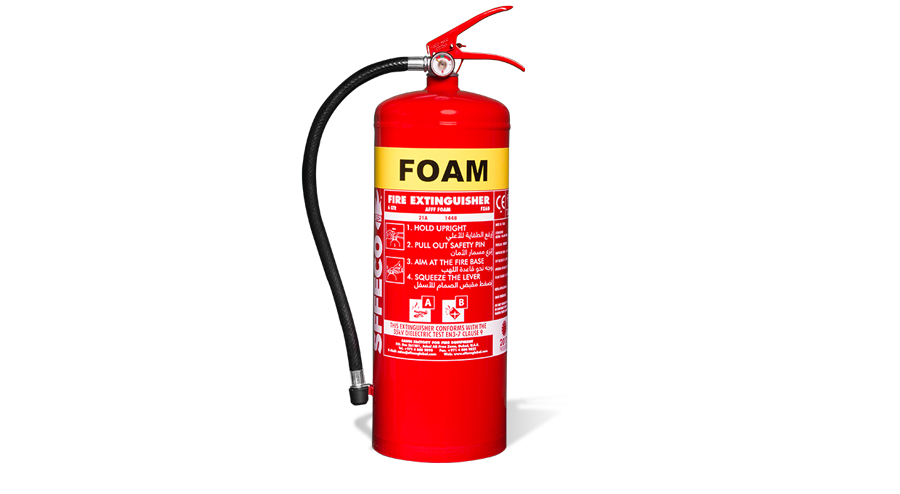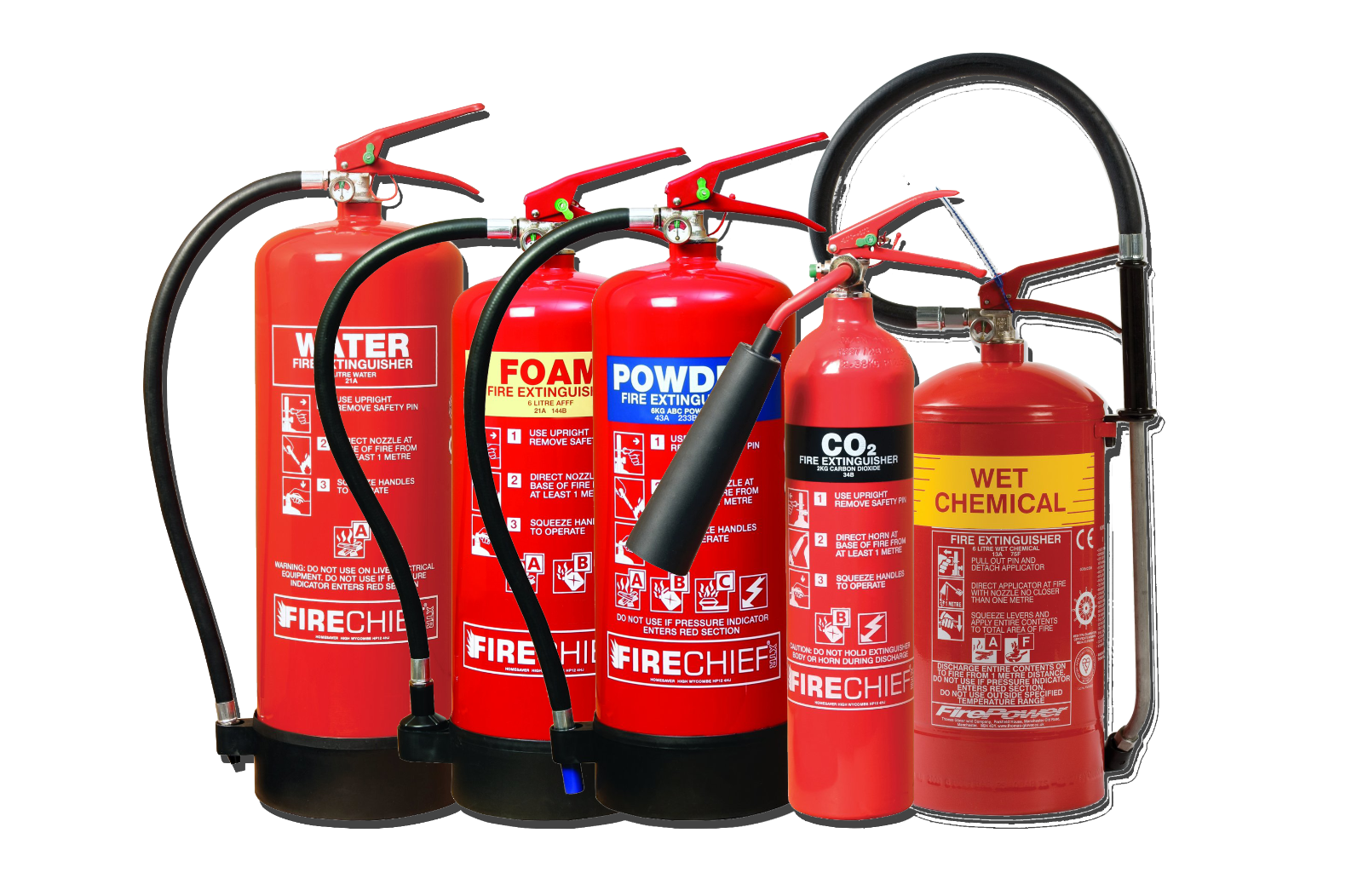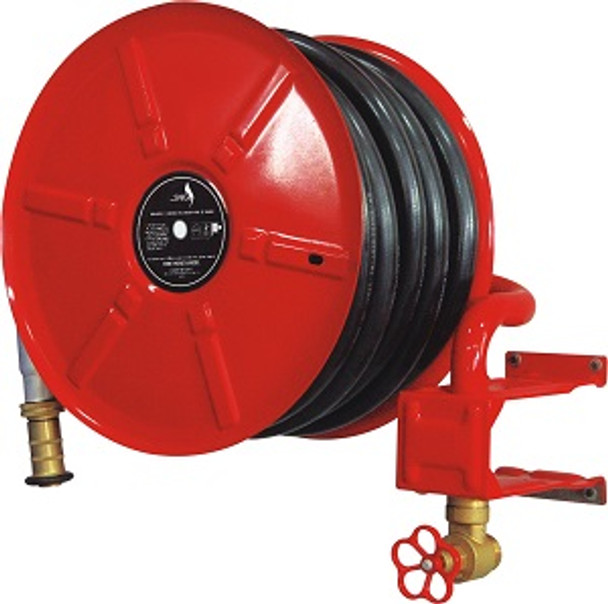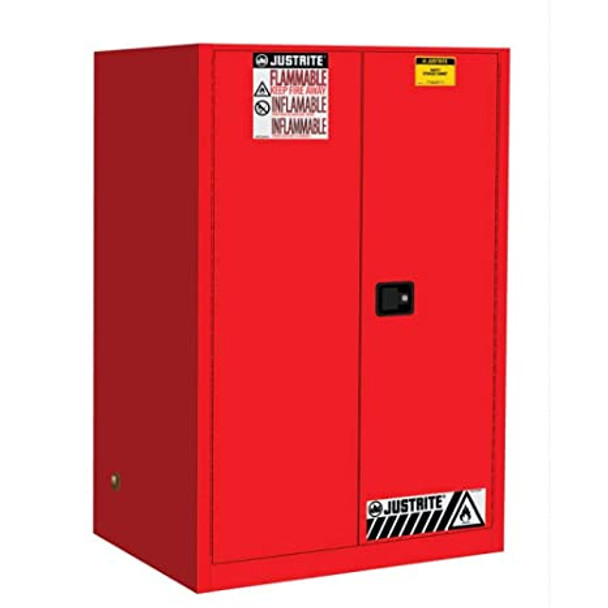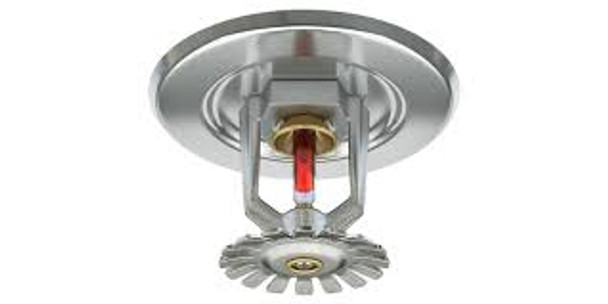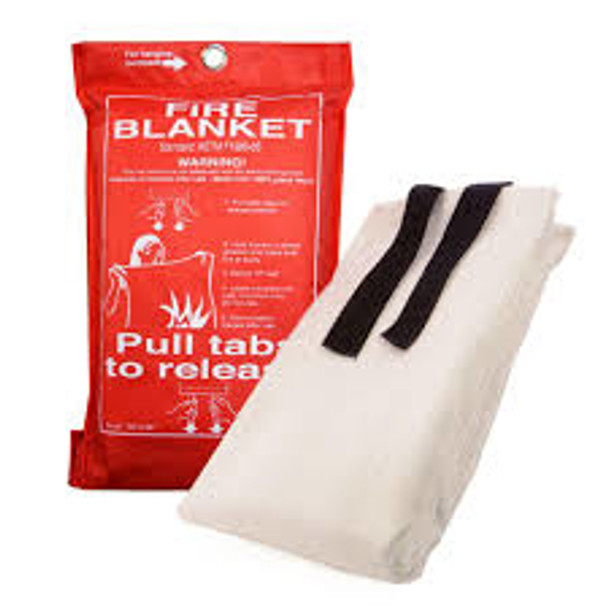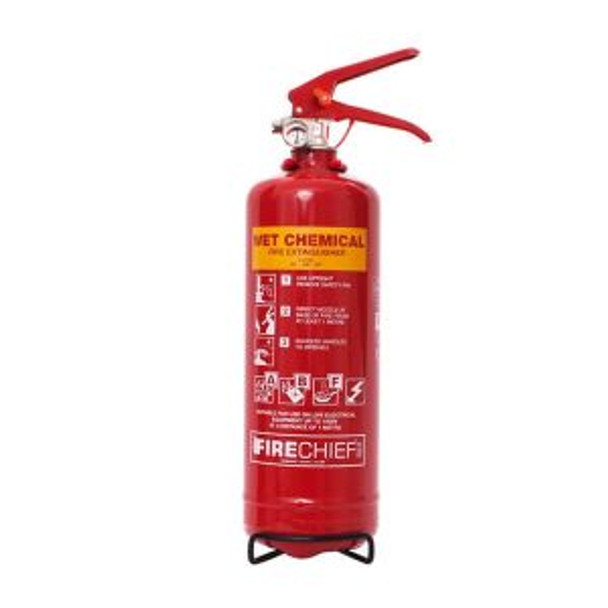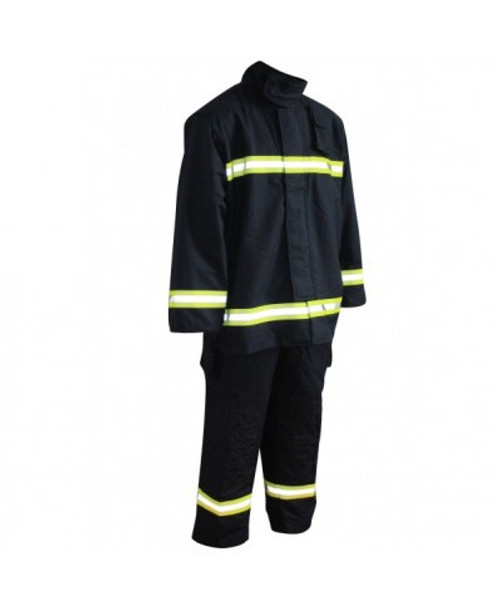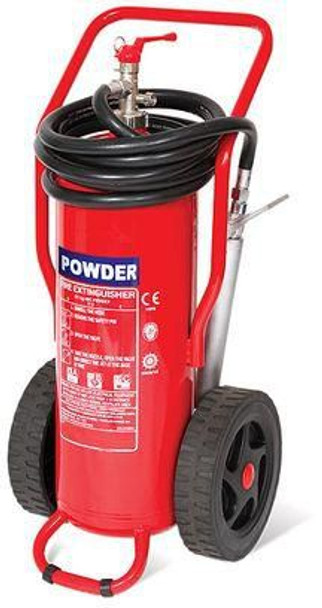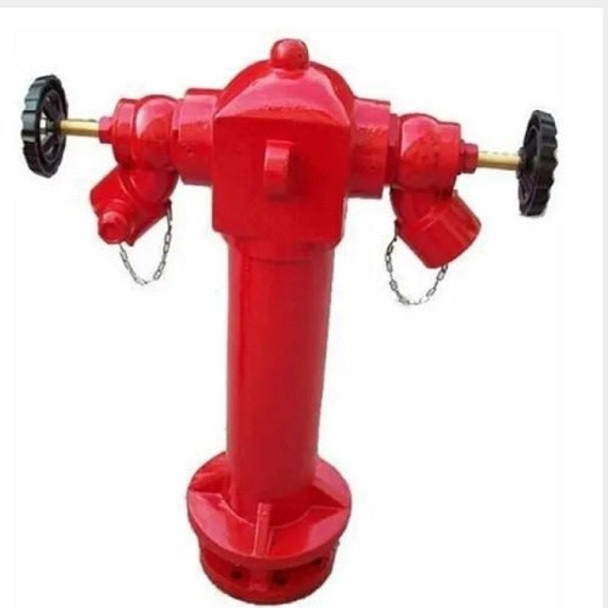How to Reduce your Risk with Fire Suppression Systems
Key Takeaway:
Implementing effective fire suppression systems is crucial for mitigating the risk of fire-related incidents in commercial and industrial settings. By investing in reliable systems and adhering to proper maintenance and testing protocols, businesses can significantly reduce the likelihood of fire outbreaks and minimize potential damages to property, assets, and personnel.
The importance of fire suppression systems in modern buildings is vital, and the demand for fire protection equipment worldwide is also on the increase due to the rate of destruction from fire outbreaks. For years, fire suppression systems have saved lives and assets like industrial equipment, financial records, academic documents, historical sites, and server rooms.
What is a Fire Suppression System?
Fire Suppression Systems are safety supplies with an engineered collection of units built to quench fires by applying a substance. Generally, fire suppression systems are designed with built-in components that can detect fire at the beginning stages through heat, smoke, and other possible signals to help you make the proper steps to suppress the fire further by automatically releasing an external substance to extinguish the fire after the discovery; what are these external substances that can quench fire? Let's find out.
Our fire suppression systems at Tikweld Welding Supplies and Services offer a manual application release to guide you on the application read on to find out;
Classes of fire
Choosing the most suitable fire extinguisher is vital in tackling any fire incident, thereby avoiding damage or injury, it is dangerous because it may cause electric shock or even fire spread.
- Class A – The class A fire is usually caused by combustible materials such as paper, wood, fabric, and other solids that are flammable.
- Class B – This type of fire is caused by some flammable liquids, including turpentine, paint, or petrol.
- Class C – The class of fires caused by flammable gases, including methane, butane, or hydrogen
- Class D – This type of fire is caused by combustible metals, including potassium, aluminium, or magnesium.
- Class F – The class F fires include those caused by cooking oils such as a chip-pan fire.
- Electrical Fires – This type of fire involves electrical equipment, but the fire class is changed upon removing the electrical item.
Types of fire suppression systems
The fire suppression systems are of various types and depend on different agents to extinguish fires. However, fire sprinklers are common, even though some don't require water to douse the fire and can manage fire incidents where the use of water can cause more damage.
We have made a list of the various types of fire suppression systems that can be used to reduce your risk and there are five major types of fire suppression systems: water, wet chemicals, CO2, dry powder, and foam.
As shown below, different types of fires are caused by different fuels, and this refers to the different classes of fire.It is vital for everyone who uses the fire extinguisher to use the right size and weight at business premises to meet the safety regulations.
Kindly see below a summary of the different fire classes, along with a reference chart displaying the type of extinguisher for each class of fire.
1. Carbon dioxide fire suppression systems:
This fire suppression system is used in cabinets and other compartments inaccessible by employees, customers, or even animals because it is regarded as a harmful materials storage area. This is suggested to be the best in protecting electronic equipment such as the engine panel and electrical panels compartment which happens to be the best places where such systems should be used in providing protection.
Fire Fighting Hose Reel
How it works
This type of suppression system extinguishes fires by reducing the oxygen level to the point where the combustion process is impossible. CO2 is a naturally occurring gas that leaves no residue, and it effectively puts off Class A, B, and C types of fire.
A fire needs oxygen, fuel, and heat to continue to burn. When the suppression system detects smoke or fire, it then releases the CO2 agent into the space it is protecting. The CO2 level in the space quickly increases as the oxygen level quickly drops, causing the fire to be suppressed or extinguished.
Best site:
This type of extinguisher should be placed near the source of fire risk or the fire exit, such as premises with electrical appliances, offices, kitchen, and server room.
2. Water Suppression System
One way of successfully putting off the Class A fires is by using the water suppression system. Fire incidents fuelled by materials such as paper, wood, and textiles can be managed using this system.
There are various types of water extinguishers, and this includes Water mist, water with additives, water spray, and water jet.
Read on as we clarify each one of them;
- Water mist: This type of fire suppression system applies water in the form of mist, and the droplets are way smaller than that of the water spray system. This system absorbs heat faster because the droplet is smaller and larger the surface area, thus making the droplet evaporate quickly.
- Water jet extinguishers: This works by spraying a jet of water at the burning materials, thereby giving them a cooling effect and preventing re-ignition. This type of suppression system is not applicable to a powered electrical appliance.
- Water spray extinguishers: This type of water suppression system uses a very fine spray of water droplets that are surrounded by air, making it non-conductive.This type of water spray extinguisher usually carries a dielectric test approval of 35 kV, and it implies that it has been tested at one meter on a 35,000 Volt electrical source.
- Water extinguishers with additives: These are simply water extinguishers in which foaming chemicals are added, and as a result, the water loses its natural surface tension, and this implies that it can easily soak into the burning materials more effectively.
Industrial fire safety cabinet
Kindly note that all water extinguishers have a red label.
How the Water Extinguisher Works
This works by having a cooling effect on the liquid that causes the burning fuel to burn at a very slow rate until the flames are successfully put off. The businesses or premises that require this extinguisher are buildings made of wood or organic material such as schools, hospitals, warehouses, offices, and residential properties.
Location
This type of extinguisher is required to be placed by the exit that has been identified for class A fire risk.
3. Foam Suppression System
This type of fire suppression system is mostly used for class B fires. However, these are water-based, which means that they can also be used to fight class A type of fires.
They can also be used for fires ignited by organic materials, including cardboard, coal, wood, textiles, fabrics, paper, and flammable liquids such as paint and petrol. This extinguisher should never be used on fires caused by flammable metals, such as fires involving electrical equipment and kitchen fires.
The label colour is cream.
How does the Foam Extinguisher Work
The foam extinguisher creates a cooling effect on the fuel that's responsible for the fire, and when the foam is poured on the flaming liquid, the fire is therefore extinguished by initiating a bridge between the fuel and the flame with the aid of the foaming agent.
Premises and businesses need this type of fire suppression system that the building is made from various organic materials, schools, hospitals, warehouses, residential properties, offices, and buildings that store flammable liquids. This type of building needs foam and water extinguishers for fire safety.
Fire Sprinkler
Site Location:
This kind of fire suppression system should be placed on the exit that has been correctly identified as a class A or B.
4. Powder Suppression System
These types of fire extinguishers are also known as multipurpose because of their use on both Class A, B, and C fires. They are also subsequently used on electrical fire incidents, even though they do not entirely cool the fire so it can still re-ignite.
The Powder extinguishers are not recommended for use inside buildings unless there is no way out. This is so because it causes loss of visibility and also creates breathing problems.
Powder extinguishers have a blue label.
Subtypes:
Standard dry powder extinguishers are also known as the ABC type of extinguishers because they are used for class A, B, and C fires. They are also used on fires caused by organic materials( wood, coal, textile, paper, and cardboard),
It can also be used for fires caused by flammable liquids(petrol and paint) and flammable gases that include acetylene and liquid petroleum gas. This type of extinguisher is suitable for any fire that involves an electrical capacity of 1000V.
It is also not easy to clean up the leftover residue when the fire is over.
Special dry powder extinguishers:
These types of extinguishers are used only on flammable metals like magnesium and Titanium.
Emergency Fire Extinguishing Blanket Hellog
Site Location:
This type of extinguisher is suitable in welding and flame cutting businesses, Garage forecourts, and also buildings with large boiler rooms where flammable gases are used for chemical processes.
5. Wet Chemical Suppression system
The wet chemical system successfully extinguishes all class F fires that involve cooking oils and fats. They can also be applicable in extinguishing the class A fire, though the foam or water extinguisher is suitable for this type of fire outbreak.
Wet chemical extinguishers can also be used for fires caused by various organic materials, including wood(restaurant fire), coal, textiles, fabrics, cardboard, and paper.
Location
This type of fire extinguisher needs to be placed near the source of the fire risk in commercial kitchens and canteens.
Chemical Fire Extinguisher
6. Dry chemical fire suppression systems
This type of fire suppression system employs a dry-chemical powder to extinguish a fire and uses a large tank that is filled with the dry chemical powder and then pressurized.
Many industrial properties harboring toxic/ hazardous materials used for industrial processes like painting, quenching, chemical storage, etc., require a more sophisticated fire suppression system that should involve early warning alarm and multiple tanks. This type of suppression system keeps industrial properties safe.
The colour label is yellow.
7. Total flooding system/engineered system
This is an engineered system utilizing a fixed nozzle agent distribution network. In the suppression system, a network of distribution channels/piping is created throughout the space. The total flooding system is perfect for fighting fire breakouts of any type.
Benefits of fire suppression system
Most fire suppression systems have fire detection capabilities and provide alarm system actuation notifications to the facility's alarm and notification system.
These systems are used to extinguish, control, or in some cases, entirely prevent fires from spreading or occurring. The suppression systems have a wide variety of applications, and as such, there are many different types of suppression systems for various applications being used today.
Before using a fire suppression system, it is essential to understand the various classes of fire and then use the correct type of extinguisher.
- Clean-up – It doesn't leave a residue, so there is little or no clean-up needed.
- Extinguishes fire quickly and effectively – The system responds within seconds to extinguish the fire. The fire is put out quickly, which minimizes the amount of soot and smoke in the room.
- The gases are inert and won't affect breathing. They are eco-friendly products.
- Suppression systems can be safely installed in occupied spaces, and the cylinder sizes are selected based on the volume of the area being protected. The agent needed is also tailored to fit.
- A dry application technology: One great advantage of clean agents is that they will not damage any delicate instruments or electrical components. Thus, they are considered an effective solution for preventing fire near irreplaceable assets like servers, computers, and other valuable equipment.
Fire Man Suit Hellog
How to reduce your risk with Fire Suppression systems
Reducing risk when it comes to fire incidents is essential in damage control and saving lives, and this can be done using the below-listed methods. The protection measures that should be taken into consideration during fire accidents have been divided into two parts.
a)Active control measures
These control measures require action from a person or situation, when a fire incident occurs. For example, fire extinguishers and blankets, sprinkler systems, and emergency lighting are also triggered when a fire happens.
b)Passive control measures
The passive control measures refer to the physical characteristics that do not necessarily require any action in protecting life. These control measures are built into the building
and are no different when a fire takes place any other day. This includes fire exits, signs leading to the nearest exits, and any special fire safety equipment built into the location (such as fire-resistant doors and walls.
When are fire suppression systems required?
When a fire accident happens! it is wise to react calmly and quickly. It is definitely a lot easier to say the best practices but taking action could be really hard, but one way to help is carrying out regular fire drills, and also a better understanding of how fire spreads is a huge help.
Fire suppression systems are vital to preventing any form of the fire outbreak that may cause damage to your building. However, a fire suppression system can prevent injury or loss of lives by early detection of fire and by giving victims precious time to leave the building after a fire has been detected. The suppression systems consist of many fire protection components, including alarms, detectors, and suppression agents.
These are very important and should blend in seamlessly in every part of the building's design.
DCP 50kg Fire Extinguisher
How should we react to fire Incidents?
When no training is taken, people that are caught in a fire can make mistakes such as –
- Underestimate the time it takes for a fire to spread.
- Not knowing the correct procedure.
- Underestimating the way in which fire spreads.
- Reacting slowly.
- Not knowing how long an evacuation takes.
What you should do when you hear the fire alarm
The best thing to do when there is a fire incident is to stay calm and act following the set-out procedure in the workplace
Always
- Assemble at the nearest designated assembly point.
- Close doors and windows behind you.
- Leave near the nearest fire exit.
- Stay calm and act quickly.
Never
- Try to extinguish a fire without proper training.
- Get back into the building unless you are told it is safe to do so.
- Use lifts unless they are part of a specific personal evacuation plan.
- Spend time collecting belongings.
2-Way Pillar Double Outlet Fire Hydrant Hellog
Safety Rules
It is important to know that when evacuating a building due to an alarm being raised, you should always stay calm and not take any risks; all belongings should be left behind because fire can quickly spread, and the most important thing is to get out of the building safely as quickly as possible.
It is advisable that lifts should not be used unless they are part of a Personal Emergency Evacuation Plan. This is because of the high risk of the lift mechanisms getting destroyed by fire, as well as the elevator shaft being able to fill with smoke very easily and further pose more risk.
The best choice of exit should be the nearest as long as it is very safe to use. If it is smokey, stay low to the ground and always remember to shut any windows and doors after you.
Read on as we highlight practices to help you reduce your risk.
What to do if you cannot get out
If you ever get stuck in a fire, the following safety rules should be obeyed.
- These entrances should never be blocked as it would be needed at any time.
- Put a call across to the emergency services if it hasn't been done.
- Make sure the doors and windows are shut If the fire is not in the same room as you as this will help create a safe boundary between the victim and the flames.
- To stop any smoke or flames from entering through the cracks around the door, quickly grab any fabric and place it in the cracks. It is always best to wet this material first, and if an external window is present, open it and call for help.t into the room, use some material to cover your nose and mouth, and only breathe through your nose.
- If you are ever too close to a fire and your clothes catch alight, you can carry out the stop, drop and roll technique.
STOP – the first thing to remember is to never run if your clothes catch fire. This will add more oxygen to the flames and make the fire burn faster.
DROP – drop to the floor and lie down. This will stop the flames from moving up your body vertically and burning your head and face.
ROLL – Once on the floor, place your hands over your face and roll back and forth to smother the flames. This will reduce the oxygen to the fire and work to extinguish the flames.
DON'T STOP – Do not stop until the flames are out.
If someone else is present, they can use something like a rug or thick blanket to smother the flames. If possible, this should be soaked in water first.
Orientflex Rubber Lining layflat fire hose
Good fire safety housekeeping practices
The best way to minimize and prevent the risk of a fire breaking out is to follow good housekeeping practices at home and at work.
Best housekeeping practices
- Do not overload plug sockets.
- Do not leave candles unattended
- Equip your home with fire safety equipment.
- Never leave anything close to an electric heater.
- Ensure that all appliances are switched off before you go to bed.
- One smoke alarm should be installed on every floor in the property and ensure they are tested often.
When to use a fire extinguisher
Fires should only ever be tackled if it is safe to do so. Without the correct training and equipment, attempting to tackle a fire is extremely dangerous and should never be done.
Fires should only be extinguished if –
- Someone has raised the alarm.
- Someone has called the emergency services already.
- There are the right types of extinguishers available.
- You have undergone training to use an extinguisher.
- The fire is small and not growing.
- A safe route to an exit is available.
Fires should not be extinguished if –
- The room is filled with smoke.
- The fire is spreading.
- There are other flammable hazards around (such as gas canisters).
- More than one fire extinguisher is needed.
DCP 25kg Fire Extinguisher
How to use a fire extinguisher
Different types of fire extinguishers can have different instructions for use, so these should be checked. However, in the case of a fire, it is unlikely that you will have time to read these instructions fully so you can follow general advice with the PASS method.
The PASS method –
PULL – Firstly, pull the pin from the fire extinguisher. This may have a small plastic seal around it (known as a tamper seal) which will break when the pin is removed.
AIM – Aim the nozzle low at the base of the fire and not at the flames.
SQUEEZE – Squeeze the handle slowly until the fire extinguisher discharges.
SWEEP – Sweep the nozzle from side to side in small motions at the base of the fire as this will cover the fire's base and should be continued until the fire is out.
If the fire re-ignite, repeat 2-4
How to test a fire extinguisher?
- Check the outer structure for any damage, leakage, or clogged nozzle
- Lift the fire extinguisher to make sure that it's full
- Check for the pressure gauge and immediately replace it if missing
- If the pressure level falls outside the green zone, it is a bad indication.
Where to buy a fire extinguisher?
A lot of fire accidents have risen in recent times, and having a fire extinguisher is important to every building; however, always remember that there are different types of fires to choose the right fire extinguisher, and the wrong fire extinguisher will do more harm than good and sometimes cause disasters.
The team at Tikweld welding supplies and services will help you understand the different types of fire extinguishers and their uses.
Frequently Asked Questions about Fire Suppression Systems
Q1- What types of buildings require fire suppression systems?
It is important for every building to have a fire suppression system, and there are different suppression systems for different classes of fire.
Q2- How does a fire suppression system work?
This works by extinguishing fires through the application of a substance that eliminates either the oxygen or the temperature that fires need to survive triggered.
Q3-Why use an automatic fire suppression system?
Unlike the traditional method, the automatic version of an automatic fire suppression system possesses a component that can detect heat and smoke and also a suppression agent container. The main benefit of an automatic fire suppression system is that they eliminate the need for human activation or intervention.
Q4- What is in fire suppression systems?
A fire suppression system uses gaseous, chemical, or foam fire suppression agents to suppress the fire rather than water.
Q5-What happens when a fire extinguisher expires?
Fire extinguishers do not usually have an expiration date, and this doesn't mean that they should be used forever even though they can continue to be operated from 5 to 15 years if it is properly handled and if you ever notice a broken or weak seal around the fire extinguisher's neck, it is best to replace it immediately.
Q6- What is the most suitable extinguisher for the home?
Every home should have a fire extinguisher as it will aid in conquering small fires until help comes from the fire department.
The most suitable extinguisher is the ABC Powder because of its ability to combat Class A, B, and C fires. The wet chemicals type is the most suitable extinguisher for your kitchen.
About Tikweld
Tikweld welding supplies and services are the major distributors of all Fire suppression systems, welding equipment, welding accessories, and welding consumables. The services we render are Tank fabrication, metalworking, general welding, piping fabrication and maintenance, hydraulics and bolting, epoxy flooring, fire suppression system, and coating.
These Fire suppression systems are available at TIKWELD Welding Supplies and are suitable for use in a wide range of industrial projects and home-based applications. Our range of construction welding materials is highly ideal in accomplishing the day-to-day tasks of professional jobs with a high-efficiency level.
Conclusion
It is advised you use a fire suppression system, and in the long run, the fire suppression systems play a vital role in determining the safety of lives and properties in the neighbourhood. As highlighted in this article, having a fire extinguisher helps secure life and property. For safety purposes, It is of the essence that all buildings be it old or new, must have the necessary fire suppression equipment placed strategically in the building.
Contact us for further details and availability of fire suppression systems within the storefront in your location.

